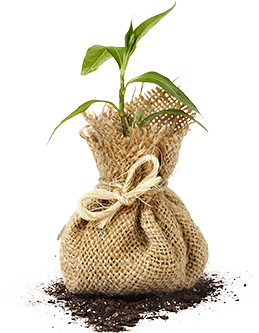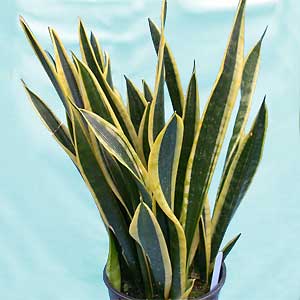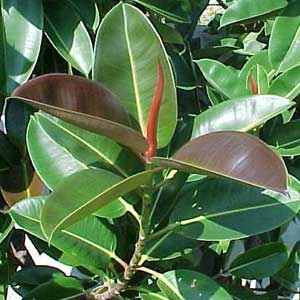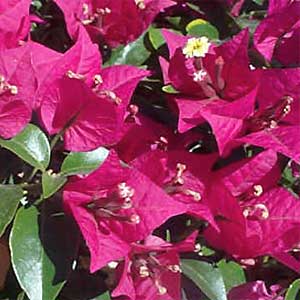 Each plant has its own requirements as regards watering. Some need little watering e.g.. Cacti listed, Succulents, some regular watering e.g.. goyka, Sycamore and some other frequent watering e.g.. fern, Papyrus. Will help us a lot the grouping of plants, According to their water needs, moisture and light. If we have concentrated the pots with similar requirements will be easier to be able to take care of our plants the right way.
Each plant has its own requirements as regards watering. Some need little watering e.g.. Cacti listed, Succulents, some regular watering e.g.. goyka, Sycamore and some other frequent watering e.g.. fern, Papyrus. Will help us a lot the grouping of plants, According to their water needs, moisture and light. If we have concentrated the pots with similar requirements will be easier to be able to take care of our plants the right way.
A general rule to check if your plant needs watering or not, is the following: We take our fingers with a little soil from the surface of the pot (to 5 cm. depth) and the slight flare nut.. If the soil originally formed ball which then dissolves, the plant does not need more watering. If the soil is dry, It does not form a ball, but, rubbed, then the plant should be watered immediately. If the soil our fingers laspwnei, then the plant is very watered and should araiwsoyme the waterings.
Some plants are highly sensitive to excessive watering, which can cause root rot them system e.g.. the Begonia. If the soil of such a plant has been watered more than’ that must, frntizoyme not water until dry and then water more widely and with smaller amounts of water. The same is true of course for every plant that suffered from excessive watering.
If a plant has left apotisto and soil of dry too, should be watered immediately. The best way to do this is as follows: fill a bucket big enough, to fit the Flowerpot, with water and immerse in the pot. The hold, so there is no fear of being knocked over the pot or get out the ball of soil from inside the. Leave the pot in water, until air bubbles stop coming out of the soil of. This is important, a and the dry soil is full of air and cannot hold back the water that will fall over. If we can't water the plant in this way, we can irrigate the classic way, but not all at once throwing water. Pour a little water, wait to the soil absorption, add another little etc., until the soil well watered.











